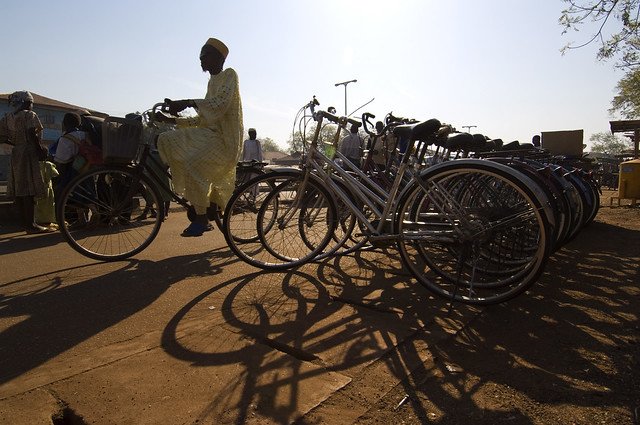Addressed to policy- and decision-makers, this paper proposes a set of policies which aim to improve accessibility and mobility in urban areas of Africa.
Large and small, urban areas of Africa are currently experiencing the fastest population growth in the history of the planet. As a result, policy- and decision-makers face enormous challenges in meeting the needs of current and future urban
dwellers.
Large and small, urban areas of Africa are currently experiencing the fastest population growth in the history of the planet. As a result, policy- and decision-makers face enormous challenges in meeting the needs of current and future urban
dwellers.
Drawing from specific data collection and analysis for selected cities in Africa, as well as from insights gained through consultations with stakeholders and through an extensive literature review, this paper:
- Gives the reader an overview of the main accessibility and mobility issues faced by African urban areas, namely stemming from benchmark analysis among representative urban areas selected across the continent;
- Provides the reader with an overview of the lessons stemming from international experience over the past twenty years; and
- Proposes a conceptual framework and a set of policy recommendations meant to improve accessibility and mobility conditions in urban areas of Africa.
As a first step, the diagnosis is structured around ten specific and interrelated key issues that bear on accessibility and mobility in urban Africa, namely:
- four key issues related to urban transport governance: organization, human resources, financing, and land use.
- three key issues related to the urban transport system itself: public space, transport services, and transport infrastructure.
- three key issues related to the main impacts and externalities of urban transport: road safety, environmental quality and resources, and travel cost and time for users (i.a. affordability and inclusiveness).
Read more

No comments:
Post a Comment